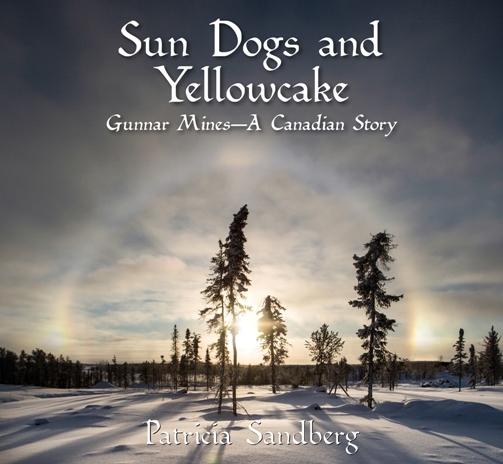Last month, shovels hit the ground in a dry corner of western Spain, near the ancient city of Salamanca. Berkeley Energia, a mining company listed in Australia and on London’s junior AIM market, started work on a $100m (£80m) uranium mine.
The project hopes to create nearly 500 jobs in a depressed former mining region and tap into future demand for the heavy metal, which powers nuclear reactors.
To fund its plans, Berkeley recently raised $30m from a placing of new shares, winning support from funds run by the likes of Blackrock and JP Morgan. When it opens in 2018, the mine will be one of the lowest-cost uranium producers in the world – and the only such mine in Europe, turning out 4.5m pounds a year.

























